Peter Eggleton0521855578, 9780521855570, 9780511226298
Table of contents :
Cover……Page 1
Half-title……Page 3
Series-title……Page 4
Title……Page 5
Copyright……Page 6
Contents……Page 7
Preface……Page 9
1.1 Background……Page 11
1.2 Determination of binary parameters……Page 12
1.3 Stellar multiplicity……Page 23
1.4 Nomenclature……Page 26
1.5.1 Binary interaction……Page 27
1.5.2 Masses……Page 29
1.5.3 Orbital periods……Page 31
1.5.4 Mass ratios……Page 33
1.5.5 Eccentricities……Page 36
1.6 A Monte Carlo model……Page 37
1.7 Conclusion……Page 39
2.1 Background……Page 41
2.2.1 Approximate formulae for main-sequence (MS) stars……Page 45
2.2.2 Polytropic approximations……Page 47
2.2.3 Convection……Page 52
2.2.4 Convective mixing, entrainment, semiconvection and overshooting……Page 57
2.2.5 Anomalous main sequence stars……Page 64
2.2.6 Brown and black dwarfs……Page 67
2.2.7 Star formation……Page 69
2.2.8 The terminal main sequence (TMS)……Page 73
2.2.9 Rotation and magnetic fields……Page 74
2.2.10 Examples from observed binaries……Page 75
2.3.1 The Hertzsprung gap and Hayashi track……Page 79
2.3.2 Low-mass stars………Page 84
2.3.3 Intermediate-mass stars (M~2–8 M)……Page 95
2.3.4 High-mass stars………Page 97
2.3.5 Some observed binaries with evolved components……Page 105
2.4 Stellar winds and mass loss……Page 107
2.5 Helium stars……Page 114
2.6 Unsolved problems……Page 116
3.1 The Roche potential……Page 119
3.2.1 Effect on structure of a non-spherical potential……Page 127
3.2.2 Perturbations to Keplerian orbits……Page 136
3.3 Conservative Roche-lobe overflow……Page 138
3.3.1 Effect of RLOF on the loser……Page 139
3.3.2 Modes 1, 2 and 3; cases A, B, C and D……Page 145
3.3.3 A simple linearised model for the onset of RLOF……Page 147
3.3.4 Effect of RLOF on the gainer……Page 150
3.4 Evolution in contact……Page 154
3.5 Evolutionary routes……Page 157
4.1 Gravitational radiation: mode GR……Page 168
4.2 Tidal friction: mode TF……Page 169
4.3 Wind processes: modes NW, MB, EW, PA, BP……Page 178
4.4 Magnetic braking and tidal friction: mode MB……Page 188
4.5 Stellar dynamos……Page 193
4.6 Binary-enhanced stellar winds: modes EW, MB……Page 202
4.7 Effects of a third body: mode TB……Page 210
4.8 Old Uncle Tom Cobley and all……Page 217
5.1 Tidal friction and the Darwin instability: mode DI……Page 219
5.2 Common envelopes and ejection: modes CE, EJ……Page 220
5.3 Supernova explosion: mode SN……Page 231
5.4 Dynamical encounters in clusters: mode DE……Page 235
6.1 Critical radii……Page 241
6.2 Accretion discs……Page 245
6.3 Partial accretion of stellar wind: mode PA……Page 249
6.4 Accretion: modes BP, IR……Page 251
6.5 Accretion in eccentric orbits……Page 260
6.6 Conclusions……Page 263
Appendix A The equations of stellar structure……Page 267
(i) The hydrostatic-equilibrium model……Page 276
(ii) The degree of internal distortion……Page 278
(iv) The equation for α(r)……Page 279
(v) An approximation for α(r)……Page 280
(vii) Schwarzschild’s derivation……Page 281
(x) The force between the stars……Page 282
(xi) The tidal velocity field……Page 283
(xii) The rate of dissipation……Page 284
Appendix C Perturbations to Keplerian orbits……Page 286
(a) Apsidal motion from general relativity……Page 288
(b) Apsidal motion and precession……Page 289
(c) Tidal friction……Page 290
(d) Gravitational radiation……Page 294
(e) Mass loss and mass transfer……Page 295
(f) Third body……Page 297
Appendix D Steady, axisymmetric magnetic winds……Page 299
Appendix E Stellar dynamos……Page 305
Appendix F Steady, axisymmetric, cool accretion discs……Page 309
References……Page 314
Subject index……Page 325
Stellar objects index……Page 330
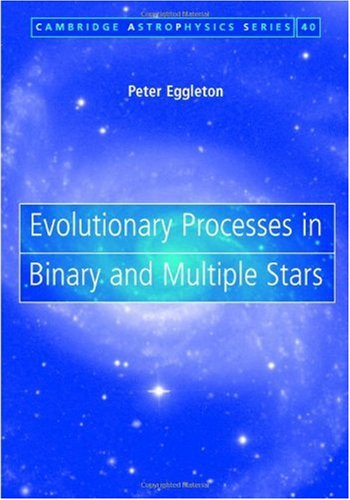
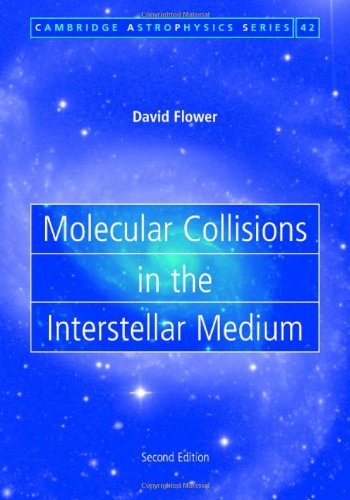
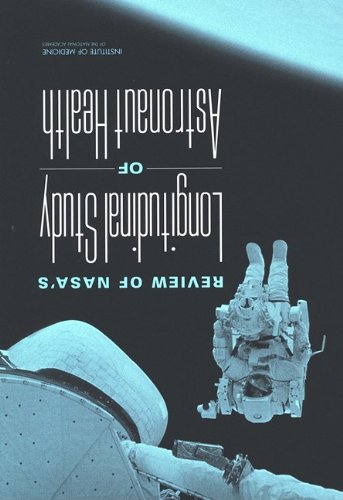
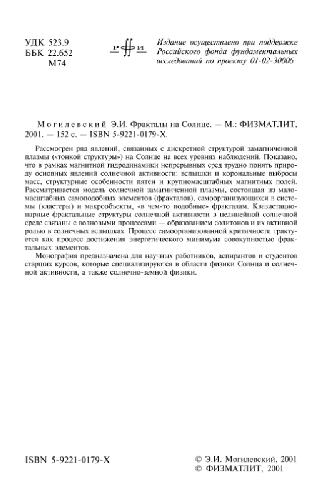
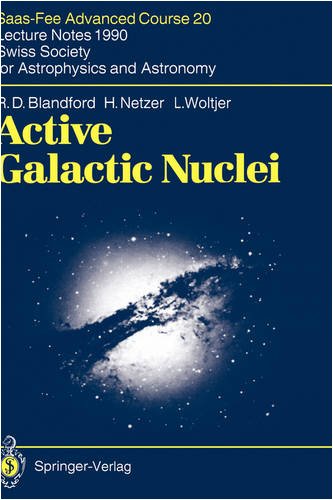
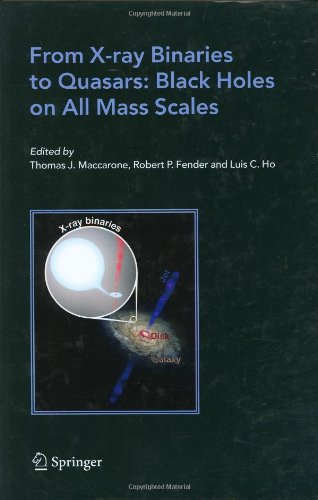

Reviews
There are no reviews yet.